Step-by-step guide to planting a hardy perennial border
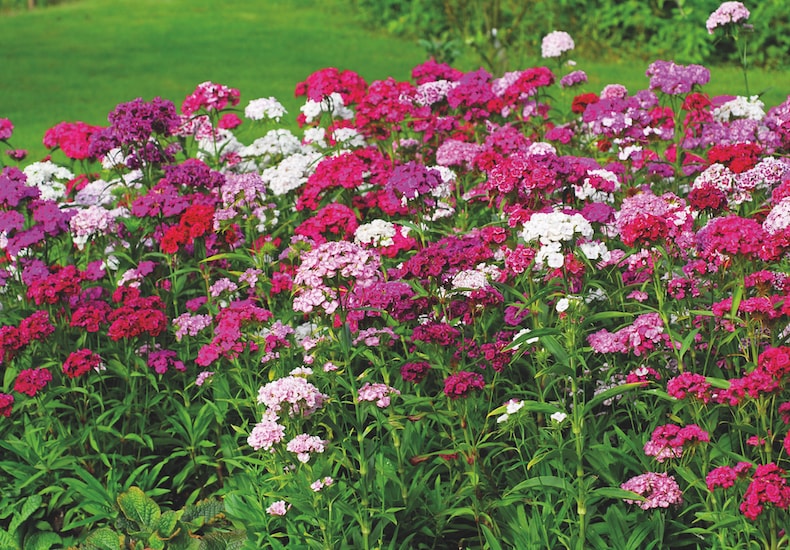
Grow Sweet Williams as part of cottage garden planting schemes
Image: Dianthus barbatus 'Sweet Mixed' from Thompson & Morgan
Hardy, perennial seeds are a clever and cost-effective way to create a fantastic summer display. Once established, your hard-working perennials will return year after year, getting bigger and better each time.
Growing perennials in a herbaceous border is really simple and, with a little planning, you’ll enjoy a spectacular show of colour, height and texture. Here are five simple steps to help you create a stunning border that lasts for many years to come.
Looking for a shortcut to success? Browse our full range of border perennial plants for ideas.
Step 1: Assess your soil and location
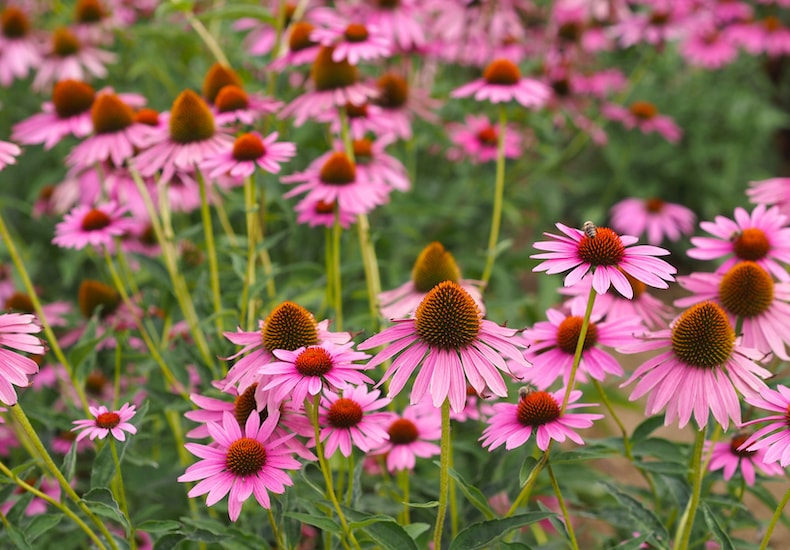
Echinacea is a popular choice that is loved by pollinators
Image: Echinacea purpurea from Thompson & Morgan
The first step to planting a hardy perennial border is to assess your chosen site. Perennials all have their own personalities - some like blazing sun while others prefer shady spots. Some need a damp soil while others like it drier. It’s always tempting to buy plants based on their appearance, but it pays to select those that will enjoy growing in the conditions that you can provide.
If you’re starting from a blank canvas, choose an area with well-drained soil that receives at least six hours of sunlight a day. Once you've settled on the perfect location, mark out the shape, size and contours of your border, taking the surrounding landscape into consideration.
Step 2: Choose your plants
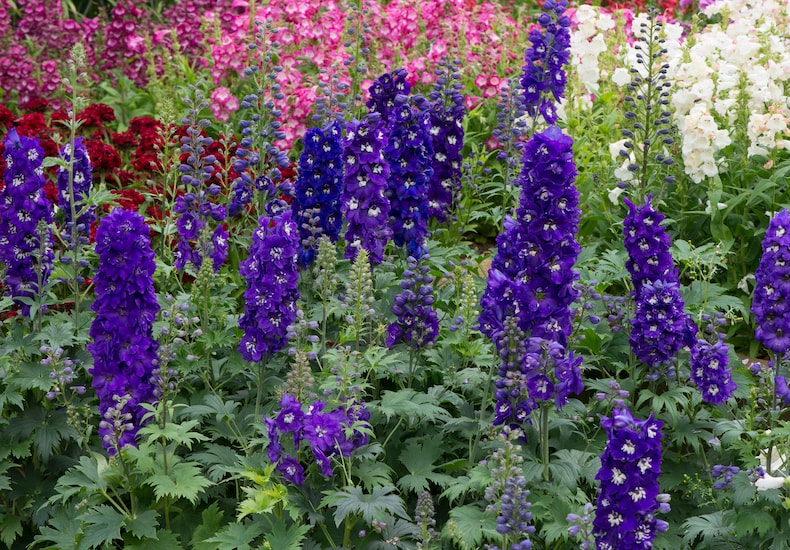
Add height and colour to the back of borders with tall perennials like Delphiniums
Image: 'Dark Blue & White Bee' from Thompson & Morgan
When choosing plants you should consider their height, bloom time, and colour. You’ll need some tall perennials such as Delphiniums that can be positioned towards the back of the border, while lower growing plants like Gaillardia will sit nicely at the front. Fill the space in between with mid-height perennials like Echinacea, Poppies and Scabious. This helps to give the border a nice structure and ensures that all of your plants are visible.
For the longest-lasting display, try to include early, mid, and late-blooming flowers. Adding a few evergreen perennials will maintain interest through the colder winter months as well.
Step 3: Prepare your soil
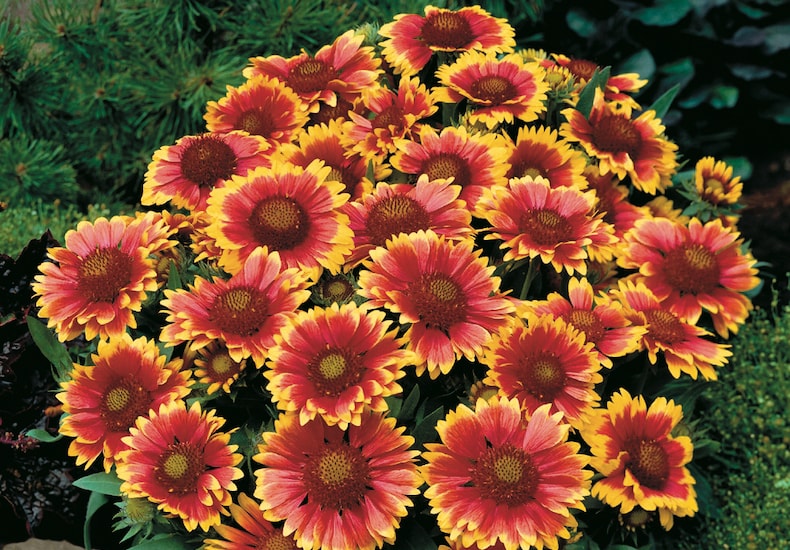
The glorious daisy-like Gaillardia flowers are ideal for filling gaps at the front of sunny borders
Image: Gaillardia 'Arizona Sun' from Thompson & Morgan
Preparing your soil is crucial to the success of your border. Start by removing any weeds, then work in compost or well-rotted manure to improve the soil's structure and fertility. This will help to get your plants off to a good start and feed them while they get established.
Step 4: Plant your perennials
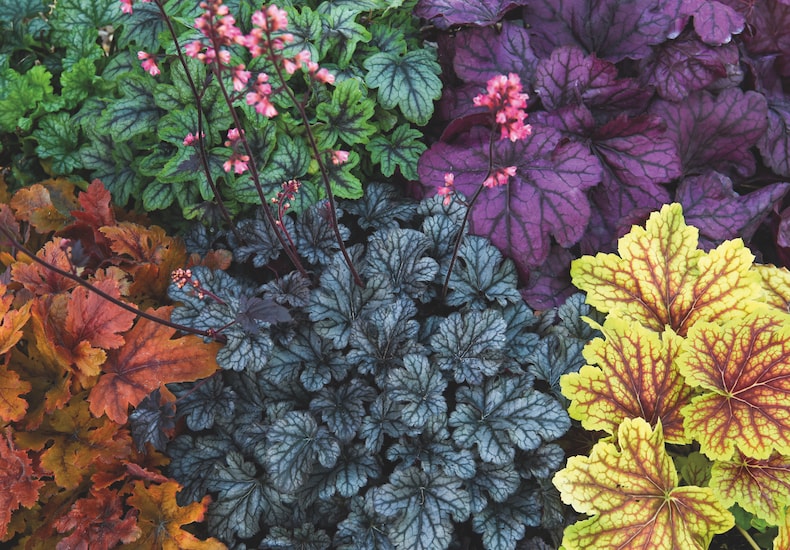
These colourful heucheras make a fantastic choice for ground cover in the border
Image: Heuchera 'Mosaic' from Thompson & Morgan
Before you start planting, always lay out your plants into their final positions first. Try to think how big they will get in future years and give them enough space to grow. It’s a good idea to position plants in groups of three of the same kind to give the appearance of a larger clump. It’s not essential, but it does look better than dotting them about randomly. If you have plenty of one type, then repetition of these groups will add a sense of symmetry and cohesion to your border design.
Once you’re happy with their positions, it’s time to start planting. Tease out the roots a little before you put them in the ground and plant them at the same depth as they were growing in the pot. And don’t forget to water them in afterwards.
Step 5: Maintain your perennial border
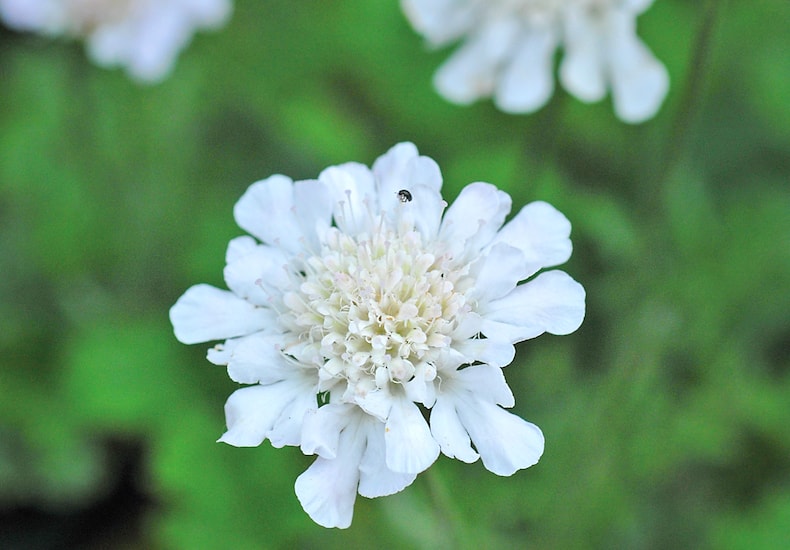
Smothered in flowers from June to October, Scabious benefits from being divided every few years
Image: Scabious 'Kudos White' from Thompson & Morgan
Maintaining your border will help it to thrive. Be sure to water your plants regularly while they’re getting established, and then during any prolonged dry spells. A layer of mulch helps to retain moisture and suppress weeds.
To keep your plants flowering throughout the summer, deadhead the spent blooms every couple of days. If you notice that some of your plants start to underperform, you may need to lift, divide and replant them. This rejuvenates congested plants, keeping them happy and healthy.
Quick video guide to planting a perennial border
Once established, your hardy perennial border should be brimming with summer colour, year after year. For more inspiration and advice, head over to our perennials hub page.

Written by: Sue Sanderson
Plants and gardens have always been a big part of my life. I can remember helping my Dad to prick out seedlings, even before I could see over the top of the potting bench. As an adult, I trained at Writtle College where I received my degree, BSc. (Hons) Horticulture. After working in a specialist plantsman's nursery, and later, as a consulting arboriculturalist, I joined Thompson & Morgan in 2008. Initially looking after the grounds and coordinating the plant trials, I now support the web team offering horticultural advice online.Sign Up For Exclusive Special Offers




© 2024 Thompson & Morgan. All rights reserved. A division of Branded Garden Products Limited.



